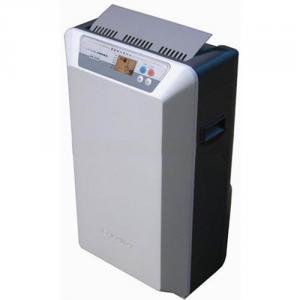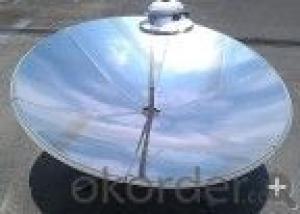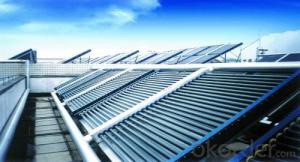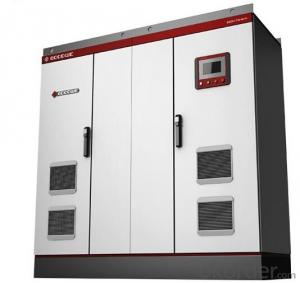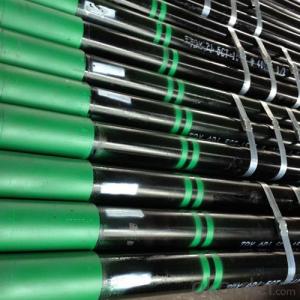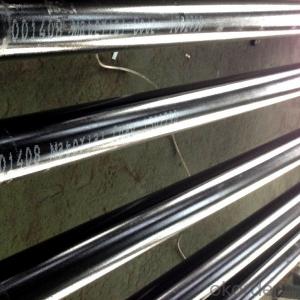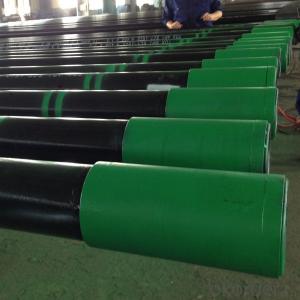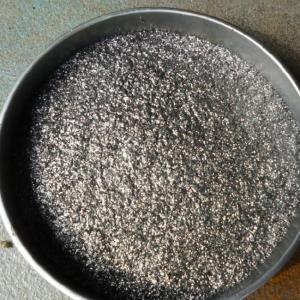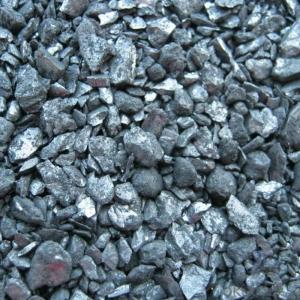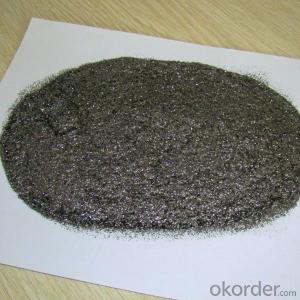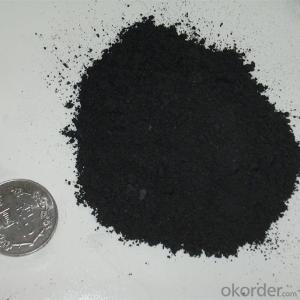Household Solar Inverter
Household Solar Inverter Related Searches
House Solar Inverter Home Solar Inverter Solar Home Inverter Domestic Solar Inverter Solar House Inverter Home Solar Power Inverter Home Solar System Inverter Home Depot Solar Inverter Home Solar Inverter System Solar Inverter For Home Solar Energy Inverter For Home Solar System Inverter For Home Inverter For Home Solar Solar Power Inverter For Home Residential Solar Inverter Home Power Inverter For Solar Solar Power Inverter For House Home Solar Panel Inverter Best Home Solar Inverter Homemade Solar Inverter Solar Panel Inverter For Home Hybrid Solar Inverter Solar Solar Inverter Solar Energy Inverter Household Solar Power System Solar Hybrid Inverter Power Solar Inverter Portable Solar Inverter Inverter Solar Best Solar Inverter For HomeHousehold Solar Inverter Supplier & Manufacturer from China
Household Solar Inverters are essential components in solar energy systems, converting the direct current (DC) generated by solar panels into alternating current (AC) that can be used by household appliances and fed back into the power grid. These devices play a crucial role in harnessing solar energy efficiently and ensuring a seamless integration with the existing electrical infrastructure. The application of Household Solar Inverters spans across various usage scenarios, including residential rooftop installations, off-grid systems, and grid-tied setups, making them versatile for different energy needs and preferences. As a leading wholesale supplier, Okorder.com offers a vast inventory of Household Solar Inverters catering to the diverse requirements of customers worldwide. With a commitment to quality and competitive pricing, Okorder.com ensures that customers have access to a wide range of reliable and efficient Household Solar Inverters to meet their solar energy conversion needs.Hot Products






















